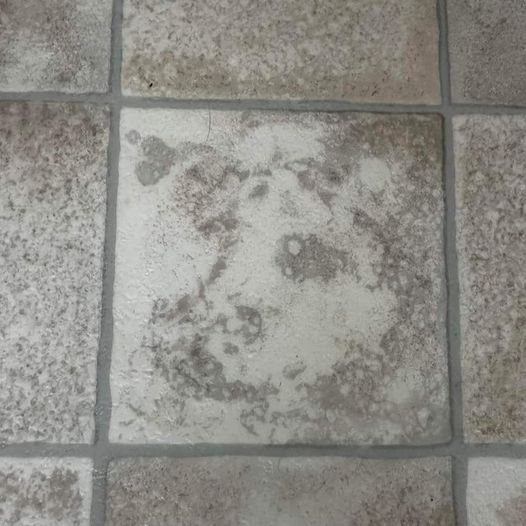ADVERTISEMENT
—
### 👀 **Examples of Pareidolia in Everyday Life**
– **Nature:** Look at any cloud formation, and it’s likely you’ll spot faces or animals in the shifting shapes.
– **In Objects:** From the front grill of a car to the arrangement of lights on a building, the human mind is quick to pick out face-like structures in inanimate objects.
– **Food:** Ever notice a “face” in the swirl of your coffee or the pattern on a muffin? You’re not alone!
– **Art and Architecture:** Throughout history, artists and architects have utilized pareidolia, designing intricate patterns that evoke facial expressions, like the famous faces in stone sculptures or buildings.
—
### 🎨 **Pareidolia in Culture and Art**
Pareidolia isn’t just a curious quirk of the mind — it has influenced art, culture, and even religion. Many famous works of art, particularly during the Renaissance, made use of visual illusions and face-like patterns. In religion, sightings of faces in clouds or sacred objects are often interpreted as divine messages or signs. Some cultures even believe that pareidolia is a spiritual experience, where faces in nature or objects symbolize guidance from higher powers.
### 💡 **How Pareidolia Impacts Our Lives**
While pareidolia might seem like a fun or harmless trick of the brain, it can also have significant psychological effects. It can be comforting — spotting a face in a rock formation or a cloud can give us a sense of familiarity and connection. Some believe this helps people feel less alone or more secure, especially in times of stress or uncertainty.
Interestingly, pareidolia can also be a tool for creativity. Many artists and designers harness the power of pareidolia in their work, crafting images or objects that suggest human faces or figures. In fact, artists like Salvador Dalí and Pablo Picasso played with pareidolia, using distorted faces and objects to create their own brand of visual intrigue.
—
### 🔬 **Is Pareidolia Ever a Problem?**
While pareidolia is usually a harmless and even entertaining quirk of the mind, it can sometimes have negative effects. For example, in some cases, it can contribute to **anxiety** or **delusions**, particularly in individuals with mental health conditions such as **schizophrenia** or **paranoid personality disorder**. When the brain begins to perceive faces or threats that aren’t really there, it can lead to heightened feelings of fear or unease. However, for most people, pareidolia is a harmless and fascinating part of the human experience.
—
### ✨ **Final Thoughts**
**Pareidolia** is a remarkable reminder of how our brains are finely tuned to recognize faces — a vital skill that helped our ancestors survive and thrive. This quirky phenomenon, where we see faces in clouds, objects, and even food, shows just how deeply ingrained our perception of human-like forms is. Whether it’s spotting a smile in the grain of a table or imagining a face in a distant rock, pareidolia adds a touch of mystery and wonder to our everyday lives.
Next time you catch yourself seeing a face where there isn’t one, remember that your brain is simply doing what it does best — trying to make sense of the world around you. And who knows? Maybe it’s just a sign that your mind is looking for a little connection, a little joy, or maybe just a little fun in unexpected places.
—
Do you experience pareidolia often, or have you spotted any “faces” lately? Let me know about your most memorable sightings!
